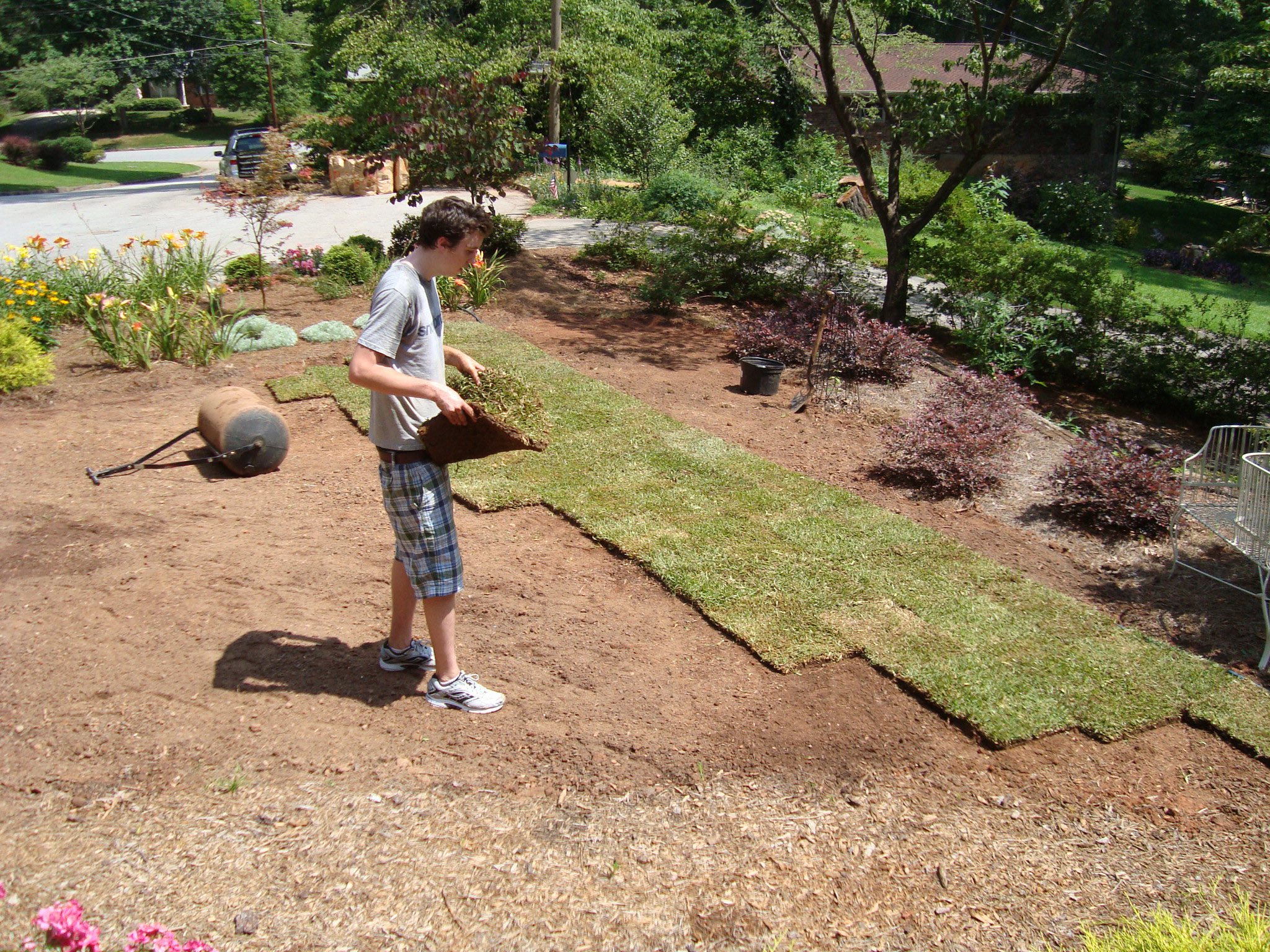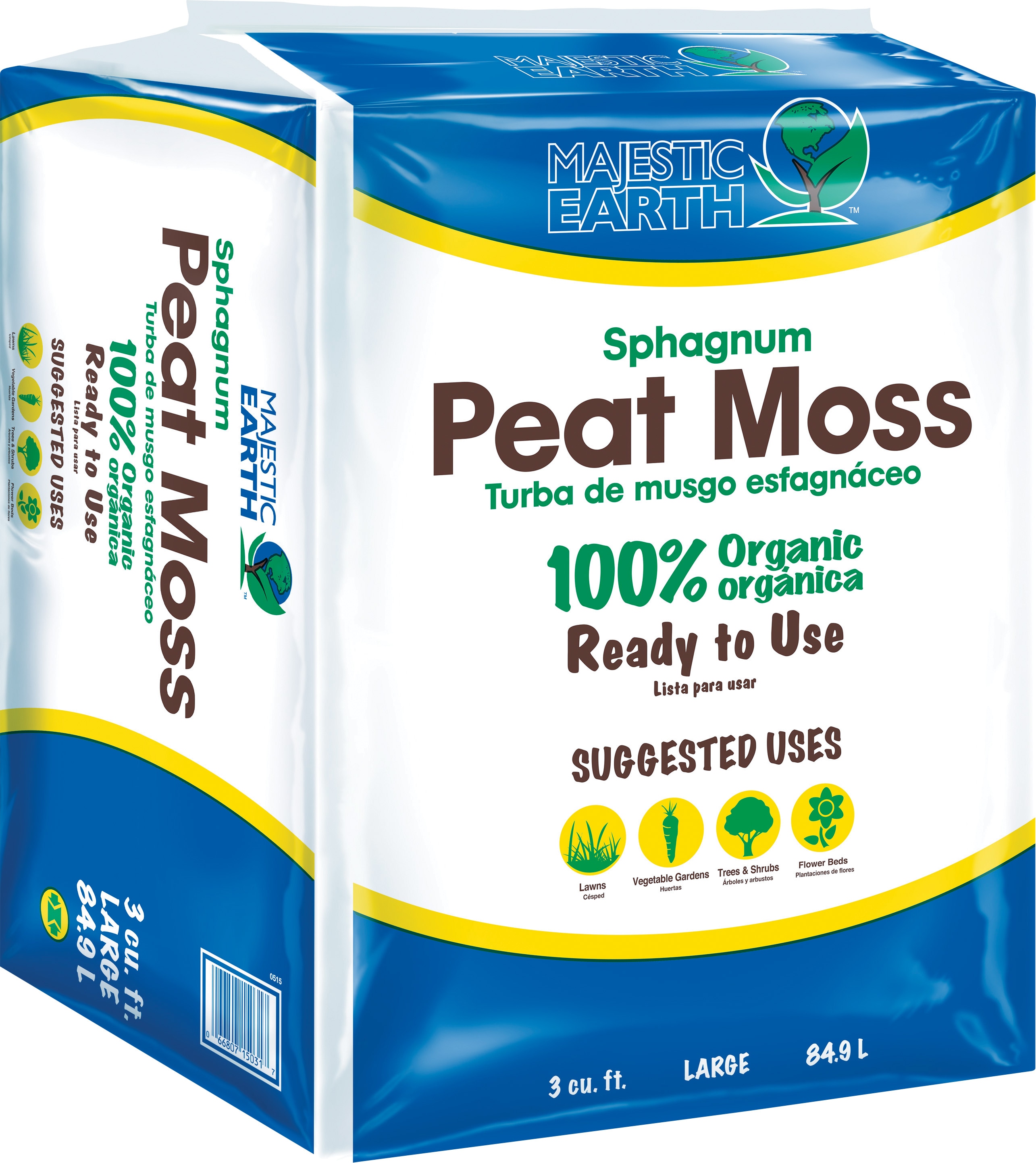How To Amend Your Lawn Soil In Easy Steps
A healthy lawn starts with healthy soil. If your soil is lacking in nutrients or has poor drainage, your lawn will struggle to grow and thrive. By amending your lawn soil, you can improve its fertility, drainage, and overall health.
There are a few different ways to amend your lawn soil. The best method for you will depend on the specific needs of your lawn. Here are a few common soil amendments and how to use them:
- Compost: Compost is a great all-purpose soil amendment. It adds organic matter to the soil, which improves drainage, aeration, and water retention. Compost also contains nutrients that are essential for plant growth.
- Sand: Sand is a good amendment for clay soils. It helps to improve drainage and aeration. However, sand does not contain any nutrients, so you will need to add other amendments as well.
- Peat moss: Peat moss is a good amendment for sandy soils. It helps to improve water retention and drainage. Peat moss also contains some nutrients, but you may need to add other amendments as well.
- Lime: Lime can be used to raise the pH of acidic soils. Acidic soils can inhibit plant growth. Lime is typically applied in the fall or early spring.
- Sulfur: Sulfur can be used to lower the pH of alkaline soils. Alkaline soils can also inhibit plant growth. Sulfur is typically applied in the fall or early spring.
Once you have chosen the right soil amendments for your lawn, you can start the amending process. Here are the basic steps involved:
- Test your soil. Before you start amending your soil, it is important to test it to determine its pH level and nutrient content. You can do this by using a soil test kit that is available at most garden centers.
- Remove any debris. Before you add any soil amendments, remove any debris from your lawn, such as leaves, sticks, or rocks. This will help the amendments to work more effectively.
- Add the amendments. Spread the soil amendments evenly over your lawn. The amount of amendment you need will depend on the specific needs of your lawn.
- Incorporate the amendments into the soil. Use a rake or a garden tiller to incorporate the amendments into the soil. This will help the amendments to break down and become available to the plants.
- Water the lawn. After you have incorporated the amendments into the soil, water your lawn thoroughly. This will help the amendments to settle into the soil and start working their magic.
Amending your lawn soil is a great way to improve its health and make your lawn look its best. By following these simple steps, you can have a healthy, thriving lawn that you can enjoy for years to come.
If you're looking to improve your lawn's health and appearance, amending the soil is a great place to start. There are a variety of soil amendments available, each with its own benefits. Some of the most common amendments include compost, peat moss, and lime.
Compost is a great all-around amendment that can improve the drainage, aeration, and nutrient content of your soil. Peat moss is another good choice for improving drainage and aeration. Lime can help to raise the pH of your soil, which is important for some types of grass.
The best way to determine which soil amendment is right for your lawn is to have your soil tested. A soil test will tell you the pH of your soil, as well as the levels of nutrients present. Once you know the results of your soil test, you can choose the appropriate amendments to improve your soil.
To learn more about amending soil for lawns, visit Home Gardening.
FAQ of amend soil for lawn
- What are the benefits of amending soil for my lawn?
There are many benefits to amending soil for your lawn. By adding organic matter, such as compost, manure, or peat moss, you can improve the drainage, water retention, and nutrient-holding capacity of your soil. This will help your lawn to grow healthier and more lush. Additionally, amending soil can help to improve the pH balance of your soil, which is important for the health of many types of grass.
- What are some of the most common soil amendments used for lawns?
Some of the most common soil amendments used for lawns include:
* Compost: Compost is a great all-purpose soil amendment that can improve drainage, water retention, and nutrient-holding capacity. It is also a good source of beneficial microbes that can help to improve the overall health of your lawn.
* Manure: Manure is another great soil amendment that is high in nutrients. It is important to choose manure that has been composted or aged, as fresh manure can burn your lawn.
* Peat moss: Peat moss is a good choice for lawns that are sandy or poorly drained. It helps to improve drainage and water retention.
* Sand: Sand can be added to clay soils to improve drainage. However, it is important to add sand slowly and in small amounts, as too much sand can make your soil too sandy and loose.
- How much soil amendment should I add to my lawn?
The amount of soil amendment you need to add to your lawn will vary depending on the type of soil you have and the desired results. In general, you should add 2-4 inches of soil amendment to your lawn. If you are adding sand to clay soil, you may need to add more sand.
- When is the best time to amend soil for my lawn?
The best time to amend soil for your lawn is in the fall or spring. This gives the soil amendment time to break down and improve the soil before the growing season begins.
- How do I apply soil amendment to my lawn?
You can apply soil amendment to your lawn by hand or with a broadcast spreader. If you are applying soil amendment by hand, you can use a shovel or rake to spread it evenly over the lawn. If you are using a broadcast spreader, be sure to set the spreader to the correct setting for the type of soil amendment you are using.
- How often do I need to amend soil for my lawn?
The frequency with which you need to amend soil for your lawn will vary depending on the type of soil you have and the amount of traffic your lawn receives. In general, you should amend your lawn every 2-3 years.
Image of amend soil for lawn
- Image 1: A person spreading compost on a lawn.

- Image 2: A person raking compost into the soil of a lawn.

- Image 3: A pile of compost next to a lawn.
- Image 4: A person adding worm castings to the soil of a lawn.

- Image 5: A bag of worm castings.

- Image 6: A person spreading sand on a lawn.

- Image 7: A bag of sand.

- Image 8: A person spreading peat moss on a lawn.
- Image 9: A bag of peat moss.

- Image 10: A person spreading topsoil on a lawn.


Post a Comment for "How To Amend Your Lawn Soil In Easy Steps"